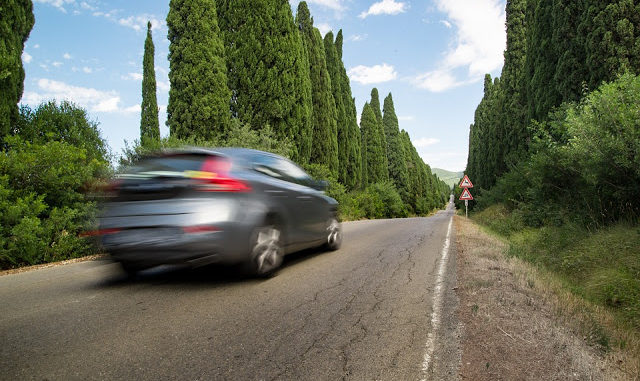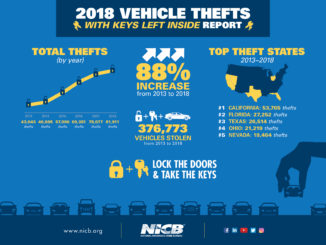
These days, it is pretty standard for cars to include top of the line safety features. These range from rear-view cameras, lane departure warnings, traction control and even blind spot detection.
Driving a safe vehicle can also mean more money in your pocket as drivers can save on car insurance cost. A car insurance company is generally able to provide more affordable car insurance if your vehicle has safety features. However, safer cars do not necessarily mean safer roads across the country.
From January to June, approximately 18,720 people have died on US roads. As a result of a growing economy, people are driving more miles compared to recession level data. Less unemployment means more cars are on the road getting people to and from work and more money for leisure activities. In 2017, Americans traveled 3.22 trillion miles according to the Federal Highway Administration.
Factor in more miles driven along with speeding, drug and alcohol impaired driving and distracted driving and the fatality rate is at an all-time high.
South Carolina leads the nation in traffic fatality rates per miles traveled. In 2017, the state had 1.88 deaths per 100 million miles traveled, which is almost two times the national average. Illinois reported 1,090 traffic deaths.
This trend prompted Governor Rauner to declare August 17 as Traffic Fatality Awareness Day at the Illinois State Fair through a partnership with the Illinois Department of Transportation, the Illinois State Police, Illinois Department of Health, Illinois Secretary of State and Mothers Against Drunk Driving.
States across the country have launched similar awareness efforts like Vision Zero. Vision Zero's goal is to strategically eliminate traffic fatalities and injuries while increasing safe, healthy and equitable mobility for everyone.
Reducing speed is perhaps the most effective way to reduce the fatalities. Speed increases the distance it takes a car to come to a complete stop. The speed of impact is also directly correlated to the risk of death. The higher the speed of impact, the higher the probability of a passenger dying becomes.
Even with lower speeds, it is hard for police officers to enforce these lower limits. Automated cameras are already unpopular and adding more would also be costly.
Every year, an estimated 40,000 Americans die on the road. With effective legislation and commitment, we can all work together to reduce that statistic.
According to research by the Overseas Development Institute and the WRI Ross Center for Sustainable Cities, one way to make progress is to treat traffic fatalities and road safety as a public health issue. The public has to stop blaming drivers for collisions and look to policymakers for ways to help prevent them.
Proudly WWW.PONIREVO.COM
Source by Ted Quinn



